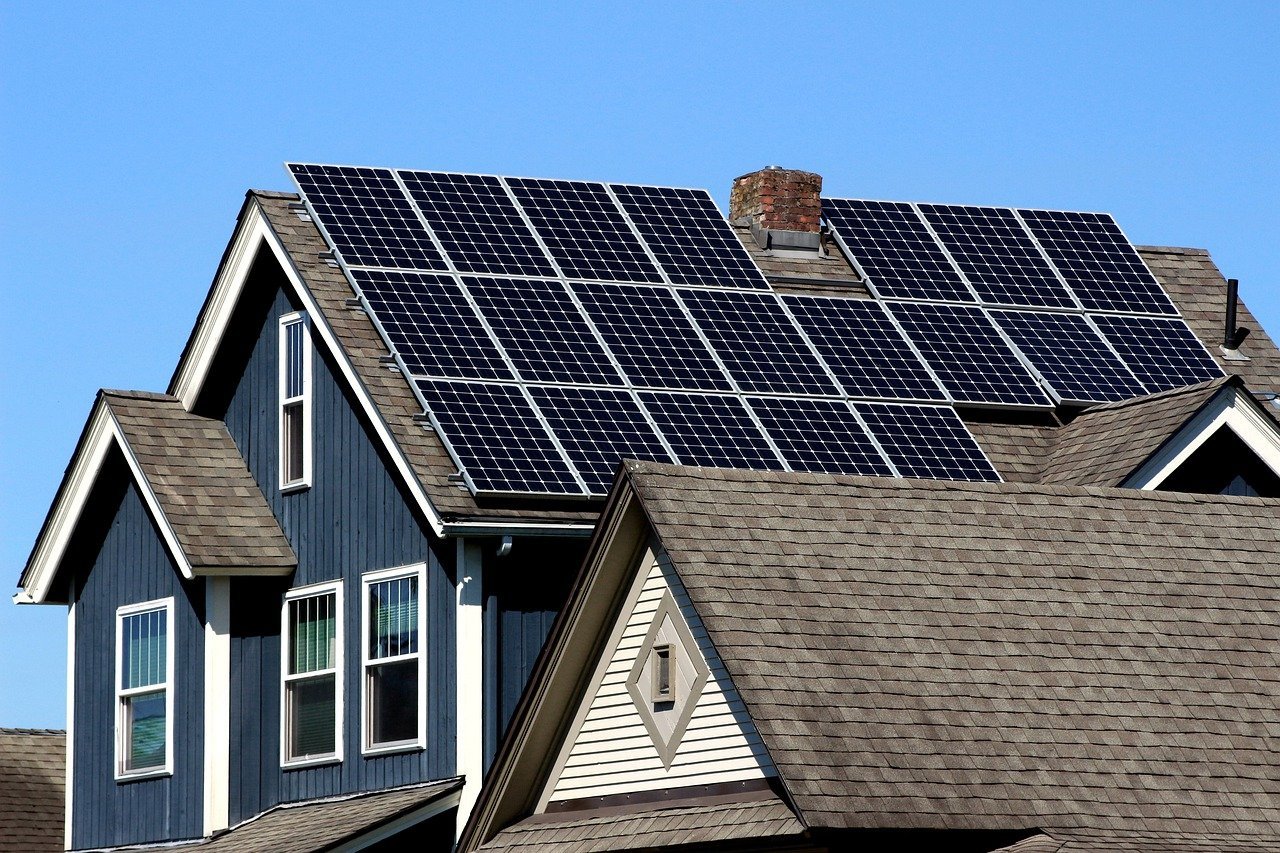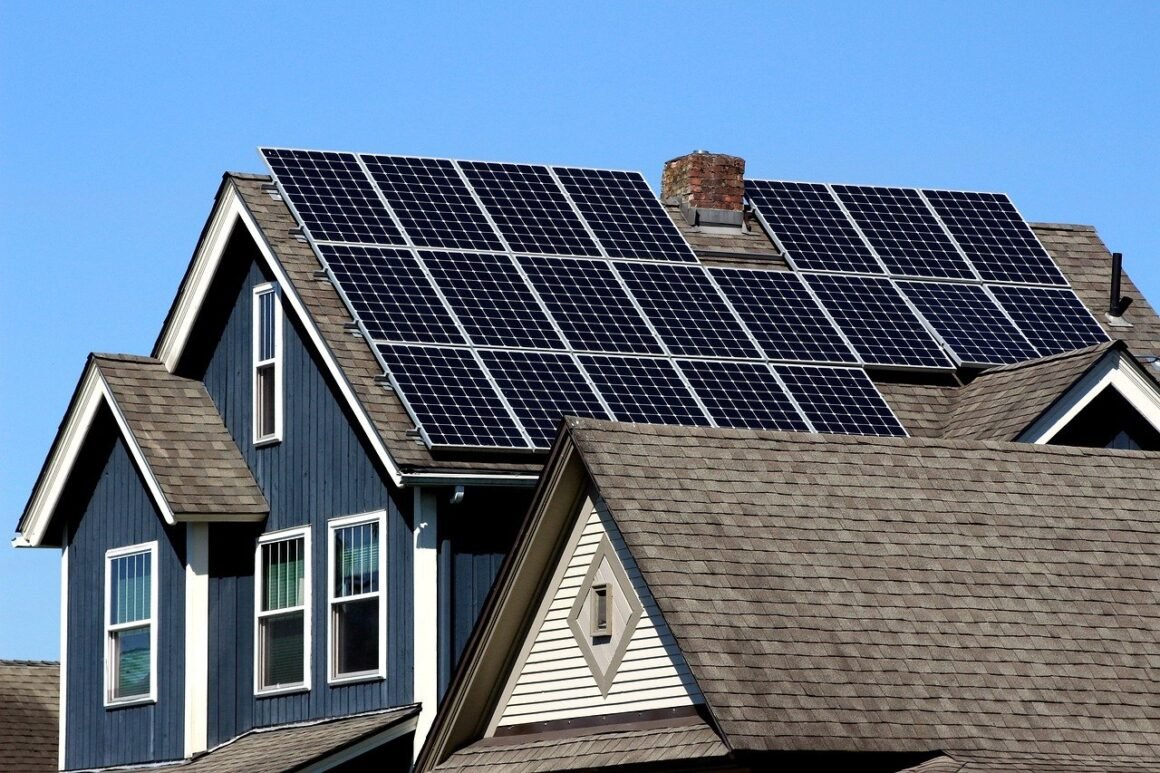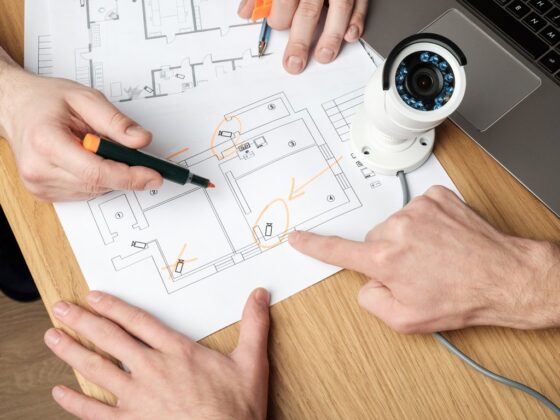Table of Contents Show
The use of rooftop solar panels alone can power half of the world’s energy needs in 30 years, especially in Asia, North America, and Europe.
It is also powering schools, such as Mumbai’s Universal Business School, which utilizes 912 solar panels to light up its canteens, classrooms, and other facilities.

Given its impact on sustainable development and helping the efforts to save the environment, including mitigating climate change, there is no doubt about the advantage of solar energy use.
However, it is good to think long and hard about the cost of solar panels, especially when deciding to have them at home.
Breaking Down the Cost of Solar Panels
Wondering how much it costs to put solar panels on your house? The answer varies. Allow us to help you in making that computation through this quick guide. If you are planning to make the switch to solar panels, below are the costs to consider, especially for putting them on your own house.
Read Also:
Costs Differ Depending on Panel Type
The cost of solar panels can vary from $3,500 to $35,000, where the average is valued at $16,000. The difference lies in the type of solar panels you plan to purchase.
The three types are monocrystalline, polycrystalline, and thin-film solar panels. They differ by how much energy they can save.
The most energy-efficient are monocrystalline panels, which cost $1 to $1.50 per watt. What this means is that for a “solar power system” (used for a 6kW panel), the costs will range between $6,000 and $9,000.
Meanwhile, polycrystalline solar panels cost $0.90 to $1 per watt. Hence, the total cost for an entire solar panel system will range between $5,400 and $6,000. This makes it more affordable, though the caveat is that it’s going to be less energy-efficient.
The third alternative is using thin-film solar panels. You can buy them within the price range of $6,000 and $9,000. However, this type requires a lot of space and is more suitable for industrial use.
It is still best to note that the cost of a full solar power system needed for your house depends on the number of panels that you really need vis-a-vis total wattage. The formula for calculating the price per watt is to divide the total cost by the total number of watts in your own system.
Costs on Installation and Materials Also Vary
Because the best way to install solar panels is through qualified, certified professionals, it goes without saying that installation comes with added cost. They can range anywhere from $15,000 to $25,000. Pricing is dependent on many factors, but location plays a major role.
Panels cost more in areas farther from the equator. In these cases, estimating sun exposure helps determine the cost and the number of hours of full sun exposure your area gets per day.
With an expected working time of up to two months for initial inspection and paperwork, you must also consider labor and materials costs.
These will include (but are not limited to) the photovoltaic panels, racking system, batteries, charge controllers, power inverters, and other electrical wiring components.
Other Variables
Aside from the costs detailed earlier, here are other variables that can affect the final cost of installation:
1. Find Out if Incentives and Loans are Available
It might be a good idea to look into incentives and loans because solar power panels are not inexpensive. For example, buying panels outright through a loan may yield an increase of 20%.
Also, consider the total lifetime cost of the panels compared to your expected electric bills in the long run.
2. See if There are Net Metering Rules in Your Place of Residence
Rules in specific locations allow homeowners to offset electricity bills. This can come in handy with regard to the total cost of putting up solar panels on your property. You can save thousands of dollars annually if you happen to live in states that value houses with solar panels.
3. If You Can Buy Panels Outright, Do So
A piece of advice for homeowners seeking to have solar panels is to buy them outright. After all, a big return on investment is to be expected in two to three decades with panels built to last. Another option is to lease panels.
Either way, there will be an increase in the value of your property by about $15,000—equivalent to a bathroom or kitchen upgrade.
Is It Worth It?
While there are other ways of going green beyond using solar panels, it does not hurt to know how much is needed to have them installed.
Whether you choose to do it via a loan, a lease, or a direct cash purchase, the important thing to remember is that you are doing something great for the environment.
Just make sure you have really understood the cost benefits and payback of this investment. If you’re lucky, you might even break even in less than a decade.










